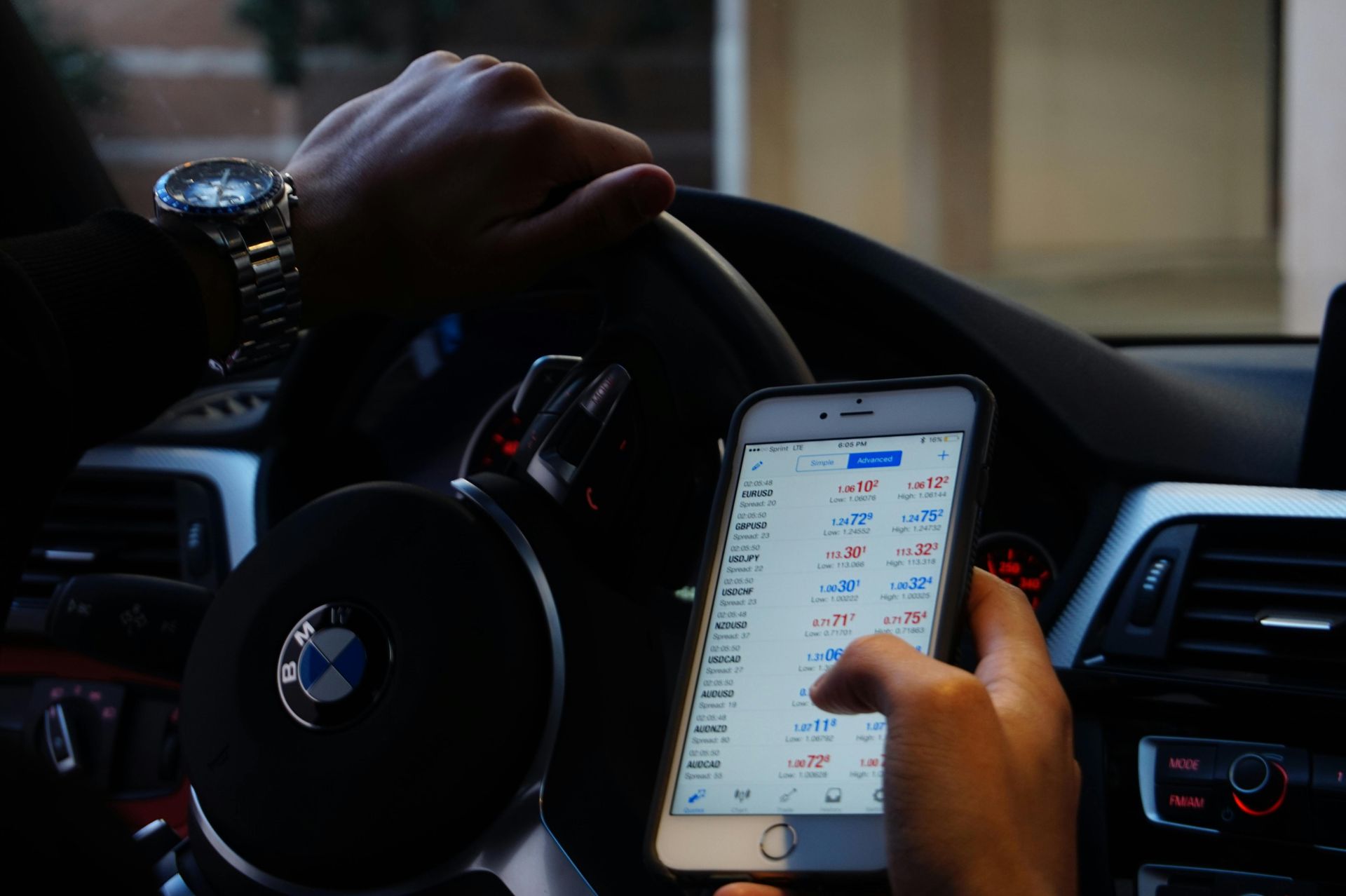Share
Mobile Payments: How Urgent?
Mobile payments have been growing impressively, but recent estimates suggest they still represent less than 1% of total global retail sales. Many retail executives may be wondering whether the technology is worth bothering with in right now. We offer some guidelines to help them decide.
We’ve all heard lots of talk about mobile payments—paying at retail cash registers using a smartphone or other device that houses your credit-card and other information. Some are even equipping sales people with devices that can take payments right on the floor.
But is the technology more hype than reality?
Although they have been growing impressively, recent estimates suggest they still represent less than 1% of total global retail sales. Many retail executives may be wondering whether the technology is worth investing in right now. I outlined some guidelines to help retail managements decide in a recent piece on chainstoreage.com.
Mobile payment systems offer consumers benefits beyond simply storing credit cards, such as tracking loyalty points and shopping patterns, which help retailers better target promotions to individual preferences. But several factors are holding them back.
First, there is no clear winner yet in terms of which mobile-payments technology consumers and retailers should converge around, so many solutions currently compete for consumer and retailer buy-in. Second, these services often require hardware beyond what’s usually used for conventional checkouts; accepting multiple services would require retailers to cede more precious counter space.
So, for the time being, it’s not clear how the mobile-payments landscape will ultimately pan out. Should retailers be thinking of dipping a toe in the water now, or is it better to just wait? There are several factors to weigh:
Size
Technologies using mainstream devices such as iPads as receivers are relatively easy and low risk for smaller retailers to adopt, but buying them for checkouts across a large retail chain would represent a meaningful investment. Conversely, solutions built around scanning a bar code may only require some programming modification for larger retailers.
Cost
Equipment cost, logistics, and space requirements can vary among mobile payment technologies. If a chain is undecided about which technology to try, understanding these issues relative to that chain’s particular constraints can help drive decision making.
Tipping point
At what threshold does this start to matter to me? Each retailer will need to set its own hurdle at which it would consider mobile payments substantive, whether based on number of users, transaction volume, or share of wallet.
Competitors
Even if mobile-payment adoption isn’t economically attractive to specific merchant at the moment, it must be aware of what competitors or doing, to understand whether there’s a risk of losing customers to the chain down the street.
Customers
If a chain’s shoppers tend to be early adopters already using mobile-payment technology, it may have no choice but moving ahead. Similarly, relative costs of the different mobile-payment apps have little relevance if a chain’s customers have already migrated toward a particular solution.
Mobile payments are definitely something to keep an eye on over the horizon. Using the above framework and information from the signposts will let you know when you should get in to test and learn, so you can scale up to meet the customer needs.






